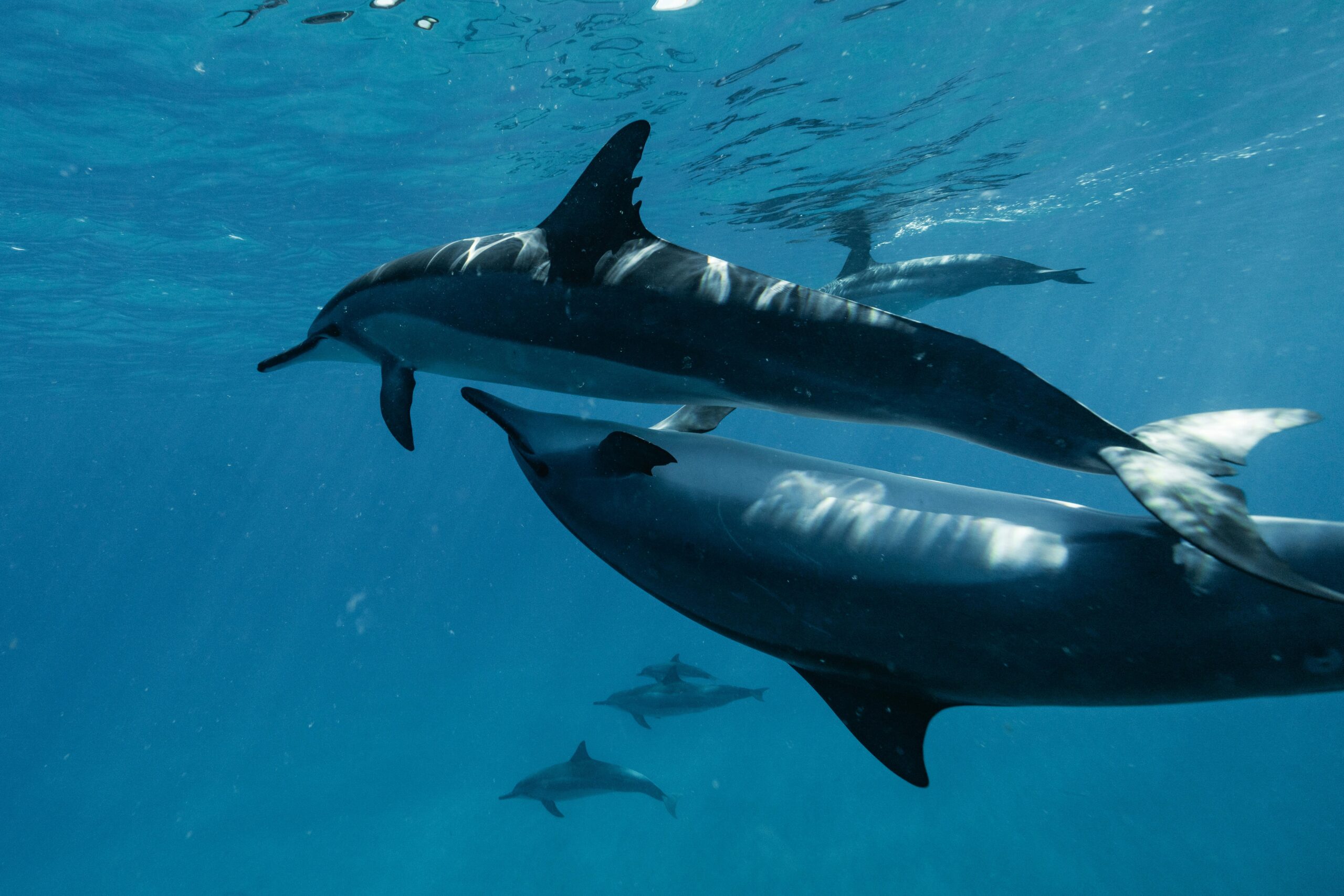Nature operates through elegant patterns of energy transformation, where every element flows in harmonious balance, creating systems of extraordinary efficiency and beauty.
🌿 The Symphony of Energy in Living Systems
When we observe the natural world with attentive eyes, we witness something truly remarkable: an intricate dance of energy that has been perfecting itself for billions of years. From the microscopic movements within a single cell to the massive circulation of nutrients across entire ecosystems, nature demonstrates an unparalleled mastery of energy management that modern technology continues to struggle to replicate.
This energy flow isn’t random or chaotic. Instead, it follows precise patterns that maximize efficiency while minimizing waste. Every organism, every ecosystem, and every natural process represents a testament to design principles that have been refined through countless generations of trial, adaptation, and evolution.
Understanding these patterns offers us more than academic knowledge—it provides blueprints for solving some of humanity’s most pressing challenges, from sustainable energy production to efficient resource management and environmental conservation.
⚡ How Energy Cascades Through Ecosystems
The journey of energy through natural systems begins with our planet’s primary power source: the sun. Every second, sunlight bathes Earth in electromagnetic radiation, carrying energy that will be captured, transformed, and redistributed through countless channels.
Plants serve as nature’s solar panels, using photosynthesis to convert light energy into chemical energy stored in glucose molecules. This process, which seems simple on the surface, involves incredibly sophisticated molecular machinery that operates with remarkable precision.
The Photosynthetic Miracle 🌱
Chlorophyll molecules within plant cells absorb specific wavelengths of light with nearly 95% efficiency in optimal conditions. This captured energy drives the synthesis of ATP (adenosine triphosphate), the universal energy currency of living cells. The elegance lies not just in the capture mechanism, but in how plants regulate this process to prevent damage from excess energy while maximizing productivity.
What’s particularly fascinating is how plants have evolved multiple pathways for photosynthesis—C3, C4, and CAM photosynthesis—each optimized for different environmental conditions. This adaptability demonstrates nature’s principle of context-specific optimization rather than one-size-fits-all solutions.
🔄 Energy Transfer Through Food Webs
Once captured by plants, energy begins its journey through the food web. Herbivores consume plant matter, carnivores consume herbivores, and decomposers eventually break down all organic material, returning nutrients to the soil and completing the cycle.
At each step, approximately 10% of the energy transfers to the next trophic level—a principle known as the “10% rule” in ecology. While this might seem inefficient, it actually represents an optimized balance between energy availability and system stability.
- Primary producers (plants) capture solar energy through photosynthesis
- Primary consumers (herbivores) obtain energy by consuming plant matter
- Secondary consumers (carnivores) feed on herbivores
- Tertiary consumers occupy the top predator positions
- Decomposers recycle energy and nutrients from all trophic levels
Why Energy Loss Maintains Balance 🎯
The energy “lost” at each trophic level isn’t truly wasted. Much of it supports metabolic processes, generates heat, and powers movement—all essential functions that keep organisms alive and ecosystems functioning. This apparent inefficiency actually creates system resilience by preventing any single species from dominating and destabilizing the entire network.
Nature teaches us that perfect efficiency isn’t always the goal. Sometimes, controlled energy dissipation creates the conditions for diversity, adaptability, and long-term sustainability—lessons that apply equally well to human systems and technologies.
🌊 Hydrological Cycles: Nature’s Energy Distribution Network
Water serves as one of nature’s most important energy transport mechanisms. The hydrological cycle moves not just water molecules but also heat energy across vast distances, moderating climates and supporting life wherever it flows.
When water evaporates from oceans, lakes, and soil, it absorbs latent heat energy. This energy travels with water vapor through the atmosphere until condensation releases it elsewhere. This process redistributes solar energy from tropical regions toward the poles, creating weather patterns and climate zones that shape entire ecosystems.
Rivers as Energy Highways 💧
Rivers demonstrate another dimension of nature’s energy management. As water flows downhill, gravitational potential energy converts to kinetic energy, carving landscapes, transporting sediments, and providing mechanical energy that organisms can harness.
Salmon swimming upstream against powerful currents have evolved remarkable adaptations for energy efficiency. Their streamlined bodies minimize drag, while specialized muscle fibers allow for sustained effort with minimal oxygen consumption. Beavers, meanwhile, redirect river energy through dam construction, creating new habitats while demonstrating nature’s principle of working with existing energy flows rather than against them.
🦋 Biomechanics: Optimizing Movement Through Energy Efficiency
Animals have evolved movement strategies that maximize energy efficiency for their specific ecological niches. Flight, swimming, and terrestrial locomotion each present unique energy challenges, and nature has developed specialized solutions for each domain.
Birds employ sophisticated aerodynamic principles that engineers continue to study and emulate. Wing shapes, feather arrangements, and flight patterns all reflect millions of years of optimization for energy-efficient travel. Migratory birds like Arctic terns, which travel over 70,000 kilometers annually, demonstrate extraordinary energy management through strategic flight altitudes, wind utilization, and metabolic adaptations.
The Efficiency of Insect Flight ✈️
Insects achieve remarkable flight efficiency despite their small size and seemingly inefficient wing-flapping mechanisms. Dragonflies, for instance, can hover, fly backwards, and change direction instantaneously while consuming minimal energy. Their secret lies in wing elasticity, precise muscle control, and exploitation of air vortices that would seem like disadvantages but actually provide additional lift.
Recent research using high-speed cameras and computational modeling reveals that insect wings flex and twist during flight in ways that create advantageous air flows. This passive energy management through structural design—rather than active control—represents another principle of efficient engineering found throughout nature.
🌳 Trees: Vertical Energy Transport Systems
Tall trees face a significant challenge: moving water from roots to leaves against gravity, sometimes over distances exceeding 100 meters. The energy required for this transport would seem prohibitive, yet trees accomplish it without pumps or motors.
The secret involves three complementary mechanisms working in concert:
- Transpiration creates negative pressure at the top, pulling water upward
- Cohesion between water molecules forms continuous columns in xylem vessels
- Capillary action in small tubes provides additional lifting force
- Root pressure contributes especially during nighttime hours
This system operates passively, powered ultimately by solar energy driving transpiration. It demonstrates how nature achieves complex tasks through elegant integration of multiple simple mechanisms rather than single complex solutions.
🔬 Cellular Energy Production: Mitochondrial Excellence
At the cellular level, mitochondria serve as powerhouses that convert chemical energy from food into ATP through cellular respiration. This process achieves approximately 40% efficiency in converting glucose energy to usable ATP—far exceeding most human-designed combustion engines.
The electron transport chain within mitochondria represents a masterpiece of molecular engineering. Electrons cascade through a series of protein complexes, releasing energy in controlled steps rather than all at once. This graduated energy release allows maximum capture in useful form while minimizing destructive heat generation.
ATP: Nature’s Universal Energy Currency 💰
The evolution of ATP as a universal energy carrier across all life forms demonstrates nature’s preference for standardized, modular systems. Rather than each cellular process having its own energy source, ATP serves as an intermediary that can be produced through various pathways and consumed by countless different processes.
This standardization allows for incredible flexibility and efficiency. Cells can switch between different fuel sources—glucose, fats, proteins—all ultimately producing ATP that powers everything from muscle contraction to protein synthesis to neuronal signaling.
🌺 Pollination Networks: Energy Through Relationships
Pollination illustrates how energy flows through ecological relationships rather than just physical consumption. Plants invest energy in producing nectar, colorful petals, and attractive scents. Pollinators expend energy visiting flowers. Both parties benefit through this energy exchange, demonstrating nature’s principle of mutualistic efficiency.
Bees exemplify optimization in this system. They communicate flower locations through waggle dances, remember productive sites, and plan efficient routes that minimize flight distance while maximizing nectar collection. This behavior, known as the “traveling salesman solution,” emerges from simple rules rather than complex computation, yet achieves near-optimal efficiency.
🦎 Thermoregulation: Managing Energy Through Temperature Control
Temperature regulation represents a significant energy challenge for living organisms. Endothermic animals (warm-blooded) expend substantial energy maintaining constant body temperature, while ectothermic animals (cold-blooded) rely more on behavioral strategies and environmental heat sources.
Neither approach is inherently superior—each represents optimization for different ecological strategies. Endothermy enables consistent activity regardless of environmental conditions but requires constant fuel input. Ectothermy minimizes energy expenditure but limits activity during cold periods.
Behavioral Temperature Management 🌡️
Many animals employ sophisticated behavioral strategies for energy-efficient thermoregulation. Desert reptiles bask in morning sun to raise body temperature, then retreat to shade during peak heat. They position their bodies to maximize or minimize sun exposure, achieving precise temperature control without metabolic energy expenditure.
Arctic animals demonstrate opposite adaptations: compact body shapes minimize surface area, thick insulation reduces heat loss, and counter-current heat exchange in limbs prevents energy waste. Polar bears, for instance, have such effective insulation that they’re nearly invisible to infrared cameras.
🌍 Decomposition: Closing the Energy Loop
Decomposers play a crucial but often overlooked role in energy flow. Fungi, bacteria, and detritivores break down dead organic matter, releasing stored energy and nutrients back into ecosystems. Without decomposition, energy and nutrients would become locked in dead tissues, eventually bringing all life to a halt.
The efficiency of decomposition varies with environmental conditions. In tropical rainforests, organic matter decomposes within weeks or months. In cold tundra environments, the same process might take decades. This variation reflects how environmental energy availability affects even the breakdown processes.
🎨 Biomimicry: Learning From Nature’s Energy Wisdom
Humans increasingly turn to nature for inspiration in solving energy challenges. Biomimicry—designing technologies based on biological strategies—has produced innovations ranging from wind turbine designs inspired by whale fins to building cooling systems modeled on termite mounds.
Solar panel efficiency improvements have come from studying leaf structure and light-capturing mechanisms. Adhesive technologies derive from gecko foot anatomy. High-efficiency propulsion systems mimic fish swimming patterns. Each advancement acknowledges that nature has already solved many problems we face, often with greater elegance than our current engineering approaches.
🔮 Emergent Efficiency Through System Integration
Perhaps nature’s greatest lesson about energy lies not in individual mechanisms but in how systems integrate multiple strategies into coherent wholes. A forest doesn’t just contain trees, animals, and microorganisms—it forms an integrated energy processing system where outputs from one component become inputs for others.
This systems-level thinking reveals that maximum efficiency emerges from connection and cooperation rather than isolated optimization. The most successful organisms aren’t those that hoard energy most effectively but those that participate most productively in energy exchange networks.
Modern ecological research increasingly recognizes forests, coral reefs, and other ecosystems as superorganisms—integrated entities whose collective properties exceed the sum of individual parts. The energy efficiency of these systems arises from countless small optimizations working in concert, creating resilient networks that adapt to changing conditions while maintaining overall function.

🌟 Principles for Human Application
Nature’s energy management principles offer profound guidance for human endeavors. Designing systems that work with natural energy flows rather than against them, accepting some inefficiency to gain resilience, creating circular rather than linear processes, and valuing integration over isolation—these lessons apply equally to technology, economics, and social organization.
The transition toward sustainable human civilization requires more than renewable energy technology. It demands adopting nature’s fundamental approach: viewing energy not as a resource to extract and consume but as a flow to participate in, redirect, and ultimately return to continuing cycles.
As we face unprecedented energy and environmental challenges, nature provides not just inspiration but proven solutions refined through billions of years of testing. The intricate energy flows in natural systems represent the ultimate expression of efficient, sustainable design—blueprints for building a future where human activities integrate harmoniously with the broader patterns of energy that sustain all life on Earth.
Toni Santos is an eco-spirituality researcher and planetary healing writer exploring how earth-based rituals, nature-centred philosophy and sacred ecology reconnect humanity with the living planet. Through his work on environment, consciousness and ritual, Toni examines how our relationship with Earth influences our awakening and actions. Passionate about land-wisdom, ritual practice and ecological integration, Toni focuses on how spiritual life can emerge from ecological awareness and how healing flows from land, water and community. His work highlights the union of ecology, mind and spirit — guiding readers toward a more grounded, relational, and sacred life. Blending ritual studies, environmental philosophy and ecological design, Toni writes about the human-earth story — helping readers understand how living systems, community and meaning intertwine in planetary healing. His work is a tribute to: The sacred connection between humanity and Earth’s living systems The power of ritual to rekindle land-memory and collective renewal The vision of ecology as sacred, relational and transformational Whether you are a ritual practitioner, ecological thinker or planet-healer, Toni Santos invites you to explore the path of planetary awakening — one ritual, one ecosystem, one transformation at a time.




